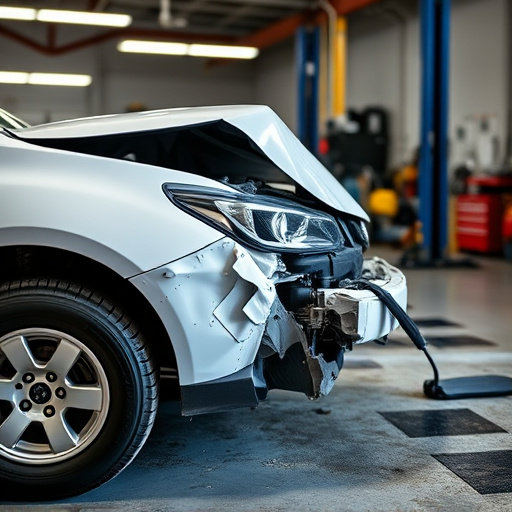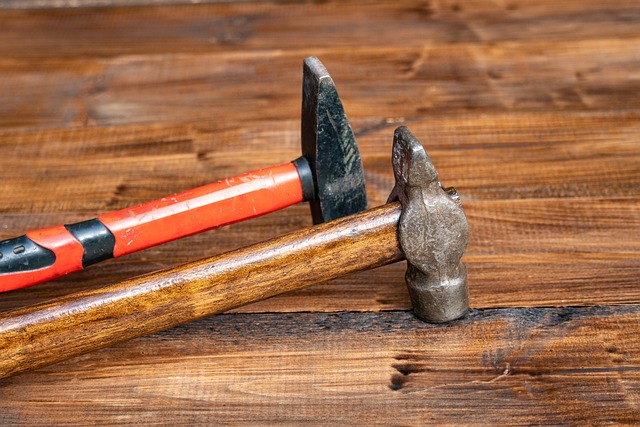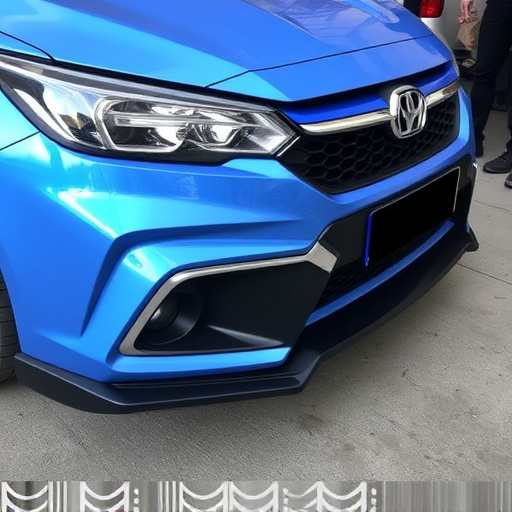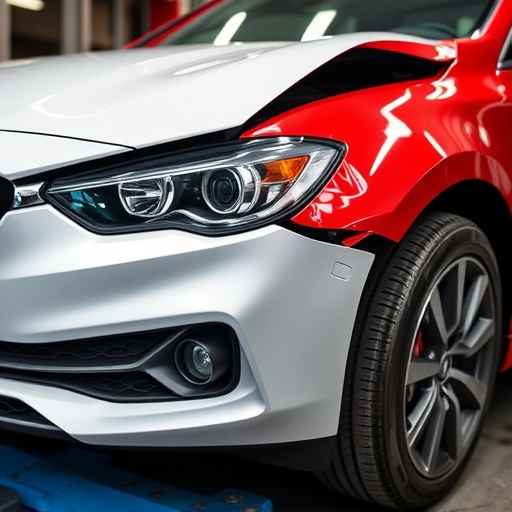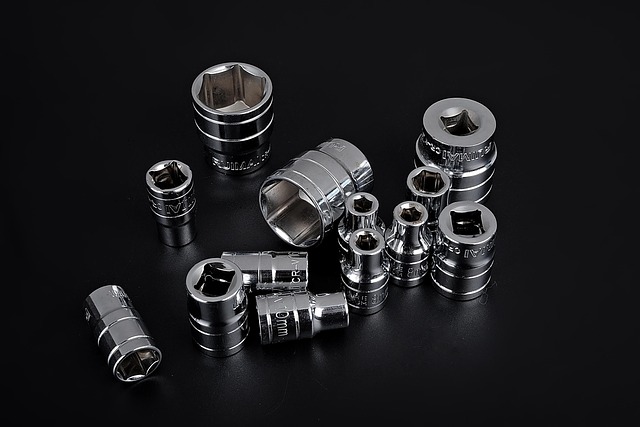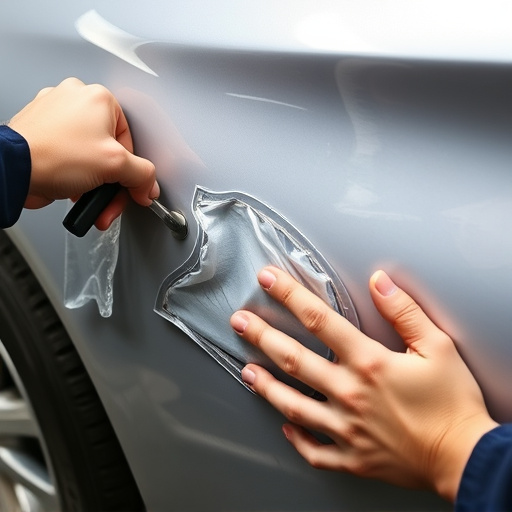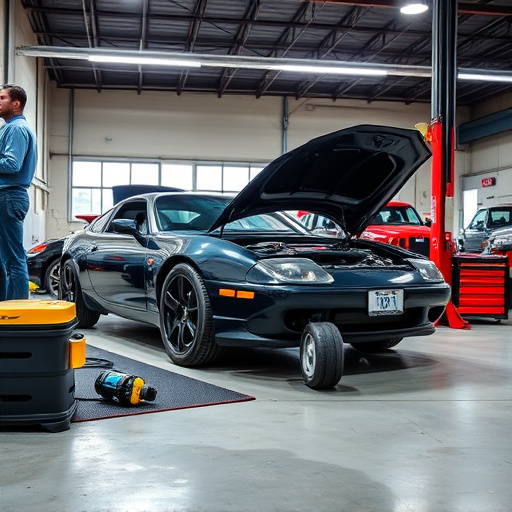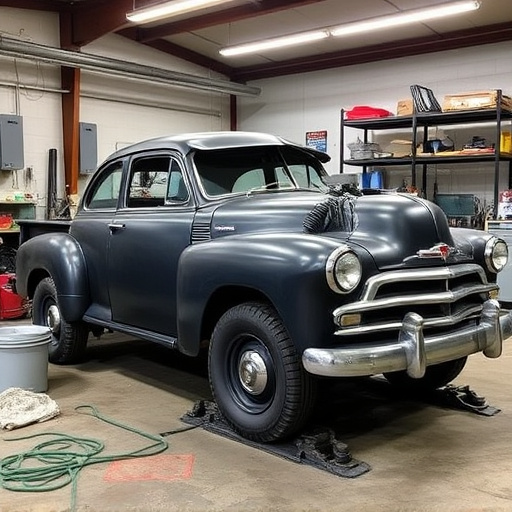Severe storms cause significant road infrastructure damage, leading to increased demand for collision repair services. Hazardous conditions and structural damage disrupt operations, while emergency responses limit resources. Proactive measures like securing items, covering cars, and advanced warning systems minimize storm damage, reduce costs, ensure efficient restoration, and maintain customer satisfaction during challenging weather conditions for storm damage collision repair businesses.
In recent years, the link between storms and increased collision repairs has become a growing concern. Severe weather events not only wreak havoc on road infrastructure but also significantly elevate the demand for vehicle collision repair services. This article delves into the multifaceted impact of storms on road conditions and explores post-storm analysis revealing surge in collision repairs. We provide effective strategies to mitigate damage costs, offering insights for both repair shops and drivers alike to navigate this challenging landscape.
- Storms' Impact on Road Infrastructure
- Increased Collision Repairs: Post-Storm Analysis
- Effective Strategies for Mitigating Damage Costs
Storms' Impact on Road Infrastructure

Storms can wreak havoc on road infrastructure, causing significant damage to roads, bridges, and other vital transportation networks. The powerful forces of wind, rain, and hail can leave behind a trail of destruction, from cracked pavements to washed-out roads and collapsed structures. This storm damage not only impacts the safety of drivers but also increases the demand for collision repair services as vehicles suffer various types of injuries during these events. After a severe storm, auto collision centers are often inundated with cars needing repairs, ranging from minor dents and scratches to more extensive damage requiring specialized Mercedes-Benz collision repair expertise.
The aftermath of storms presents unique challenges for both road maintenance crews and car repair businesses. As roads become hazardous due to debris and flooding, repairing the infrastructure becomes an immediate priority. Simultaneously, the surge in collision-related incidents leads to longer wait times at auto collision centers. This situation underscores the importance of proactive measures to mitigate storm damage and ensure swift post-storm recovery, benefiting both drivers and the automotive repair industry.
Increased Collision Repairs: Post-Storm Analysis

After a storm, the rise in collision repairs is a clear indicator of the damage left behind by these powerful natural events. A thorough post-storm analysis reveals several factors contributing to this increase. One significant aspect is the surge in accidents caused by hazardous road conditions, such as flooded streets and reduced visibility, which are common aftermaths of severe weather. These conditions can lead to loss of control, skidding, or collisions between vehicles, resulting in a higher demand for vehicle repair services.
Additionally, intense storms often cause structural damage to buildings, including those housing auto repair shops and vehicle body shops. This physical destruction disrupts operations, leading to backlogs and longer waiting times for collision repairs. Furthermore, the need for emergency response and rescue missions during and immediately after storms means fewer resources are available for non-emergency vehicle repairs, exacerbating existing delays in getting vehicles back on the road.
Effective Strategies for Mitigating Damage Costs
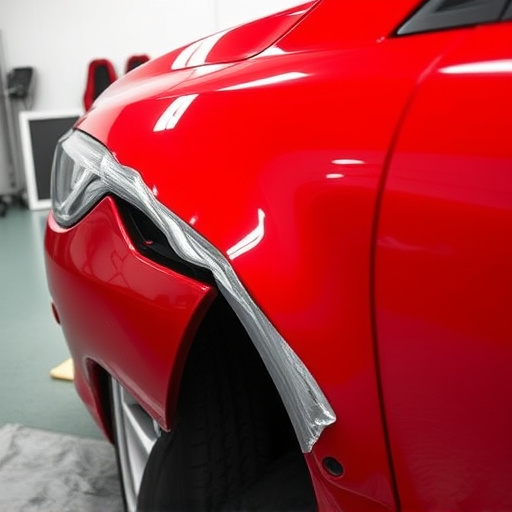
In the face of frequent storms, businesses specializing in storm damage collision repair have a crucial role in mitigating costs and ensuring swift vehicle restoration. One effective strategy is to implement proactive measures before storms strike. This includes securing loose items within vehicles, covering cars with protective blankets, and parking them in sheltered areas to minimize direct impact from falling debris. Regular maintenance checks can also help identify potential vulnerabilities, allowing for preemptive repairs that could prevent more extensive damage during storms.
Additionally, investing in advanced warning systems and tracking technologies can offer valuable lead time. These tools enable auto repair services to anticipate potential storm events, mobilize resources efficiently, and coordinate with customers for timely vehicle drop-offs. By adopting these strategies, car collision repair shops can play a vital role in reducing costs associated with storm damage, ensuring efficient vehicle restoration, and maintaining customer satisfaction during challenging weather conditions.
Storms can significantly impact road infrastructure, leading to an increase in collision repairs. By understanding the post-storm analysis and implementing effective strategies to mitigate damage costs, communities can better prepare for and minimize the financial burden of storm-related accidents. These measures are crucial in ensuring safer roads and reduced repair expenses, ultimately fostering a more resilient transportation network.

